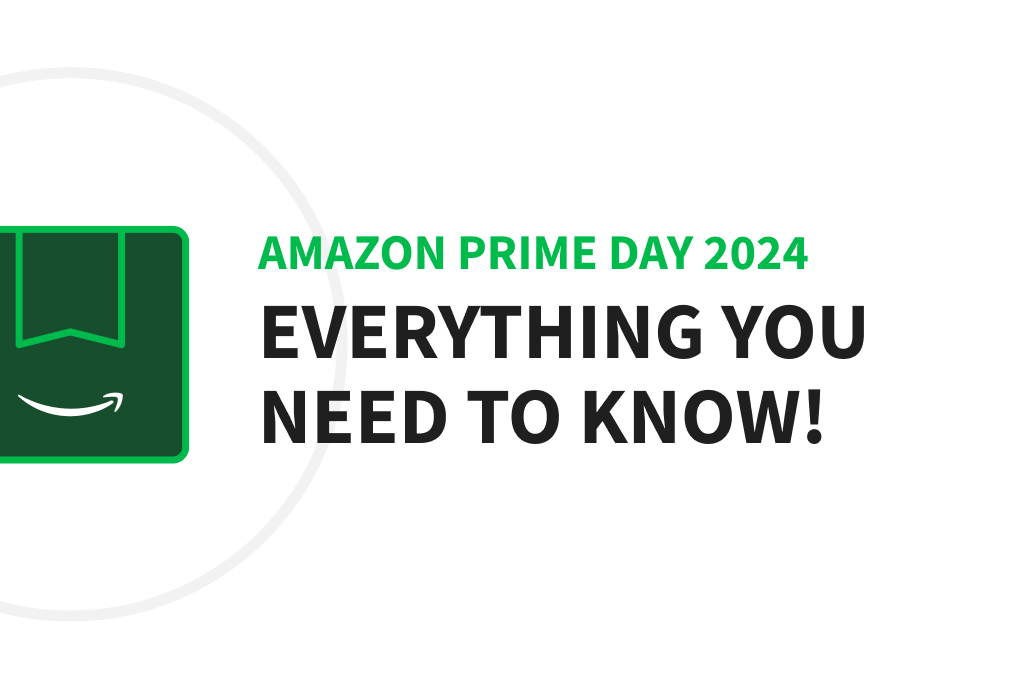Every company has that one objective of generating enough traffic. Many of them achieve this goal, but do all of them succeed in converting this prospect traffic? To help you grow your business and incite users to take action, it is important to focus more on your conversion rate optimization. To make the most of your investment in your website, and your marketing initiatives, we’ve put together 8 conversion rate optimization best practices.
Let’s start by introducing you to what a CRO is.
What is a conversion rate optimization?
CRO stands for conversion rate optimization and is the set of practices aiming at increasing the conversion rate by compelling your visitors to take action on your website. The conversion is not only buying a product or a service, but it could also be as simple as downloading a pdf or subscribing to your newsletter.
By and large, the conversion rate optimization’s purpose is to increase the chances that your website visitors will end up taking action.
So now that you know what a CRO is, you must be wondering how you could optimize it. Because who doesn’t want more conversions on their website, right?
6 Best practices to improve your CRO
Have a well-defined goal

In marketing, whatever initiative you take, you must establish clear and SMART objectives allowing you to know what you exactly are looking to accomplish. As a result, you can track your progress regularly and see how you are performing.
Conversion goals are numerous, and here are a few examples:
- Increase sales
- Increase form submission
- Increase newsletter sign-ups
- App downloads
Once your objectives are well defined, you will be able to execute the conversion rate optimization actions easily. This brings us to the second best practice that is:
Know your audience

One critical step in any marketing effort you deploy on your website is to make sure you target the right audience. That being said, if you have clear objectives, and you are targeting the right audience, you will improve your conversion rate. And that is because whatever you offer on your website is going to be of big interest to your target market.
When defining your target, make sure to develop your buyer personas that represent your audience in order to optimize their on-site experience, and directly respond to their needs. As a result, their conversion journey is easier, and your goals are accomplished as you go along.
Later on, you will be able to target a lookalike audience and grow your target, which in other words means, increase your conversion rate. But is this all you need to improve your CRO?
Optimize the user experience

User experience is an undeniable aspect of any website. It is in fact one of the first things to be considered since making up the mock-ups. That being said, you will want to make sure the user experience is optimized at its best, allowing your website visitors to navigate through all the pages without having any blockers.
Your competitors are only one click away, if there is any little thing that might disturb the visitors during their navigation on your website such as:
- Irrelevant content
- Information architecture
- Use of colors
- Excessive newsletter sign-up pop-ups
- Forms that are too long to fill in
It would be unfortunate to lose your visitors for this reason, don’t you think? So make sure that your website’s user experience is well-optimized and your content is relevant. These two points are very important to improve the performance of your website ecosystem.
Are you experiencing conversion problems on your website? Contact us now
Use heatmaps

What’s a better way to understand your audience’s behavior other than a heatmap? If you have put a lot of effort into optimizing your user experience but still encounter problems of a low conversion rate, you may want to use heatmaps.
A heatmap is a visual representation of how your website visitors interact with your website elements. It shows you where they click, until which level they scroll through your pages, and you can also see if they click on your CTA or not. This is an excellent tool to know if you have to change anything about your website, including your CTA font and colors for example.
Optimizing the conversion rate is all about small details. Using a heatmap, you get a clear understanding of their navigation and conversion path. You can deduce through reporting your heatmap results what stops the visitors from taking action and acting accordingly to solve the issue.
Test, test and test again!

You’ve probably heard about A/B testing before. Well, anyone who has ever heard about this before, knows that it is the practice of testing two options of the same thing and seeing which one performs better.
About 77% of businesses use A/B testing to optimize their websites. The testing could include fonts, colors, landing pages, sign-up forms, and more. The objective? Offering the best version possible that will prompt visitors to take action. Speaking of CRO, the A/B testing includes the same factors mentioned previously, in addition to headlines, images, and a special focus on the CTAs.
A/B testing is good, and everyone uses A/B testing, but have you ever tried multivariate testing?
According to Optimizely, testing with 4 variables can improve the conversion rate by 27%, which is 13% more than the A/B testing. This method uses the same core mechanism as A/B testing. The only difference is that it tests more variables compared to A/B testing.
The idea here is to not privilege one method over the other but to use them in a complementary way. If you are new to this, stick with the A/B testing method, until you learn how to perform the other one. The objective behind testing, using any of the methods discussed above, is to get a better idea of which optimization efforts work better for your website.
Testing is very important, but testing once, will not get you anywhere. Here is one expert tip: keep testing for a complete business cycle and never stop it in the middle.
Use clear CTAs

CTAs are at the core of your conversion rate optimizations. They guide your visitors to the next step- converting, which is in other words your goal. That is why optimizing your CTAs should represent a huge part of your overall optimization strategy.
Here is how to optimize your call-to-action buttons
- Use strong action verbs (Download now, Sign up here, Subscribe to our newsletter…)
- Keep your CTA short and impactful
- Use appealing colors
- Create a sense of urgency with time-oriented wording
- Make sure your CTA is visible enough to your audience
- Choose the right place for your CTA
Clicking on a CTA is the one step before your visitors turn into customers. Make sure to optimize it correctly, so that the other efforts discussed above are not in vain.
Are you ready to optimize and increase your conversion rate?
Optimizing your conversion rate is a crucial step to increase your revenue and outperform your competitors. Make sure to have clear goals, a well-defined audience, and an optimized website.
You can also try to better understand your target behavior using heatmaps, and test your website until you get the best version that allows your visitors to have a good user experience while navigating. And don’t forget about your CTAs… They are as important as any other aspect of your website.
Do you need assistance with optimizing your conversion rate?


